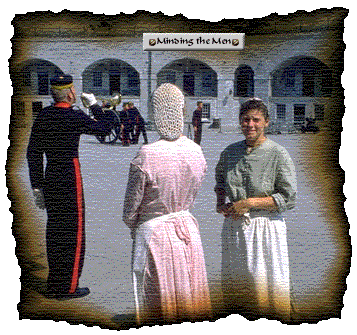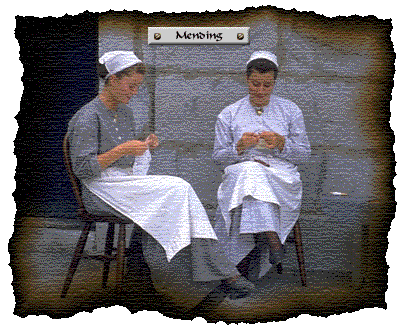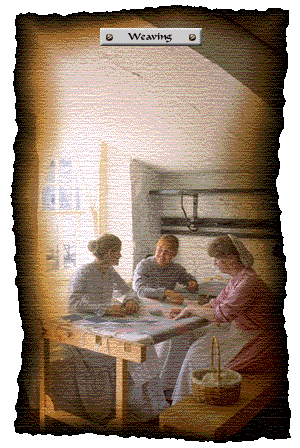

Officers were discouraged from marrying until their mid-thirties.
| "A Subaltern may not marry, |
| captains might marry, |
| majors should marry, |
| and lieutenant-colonels must marry." |
Young junior officers were discouraged from marrying as it was felt that it could ruin them financially when the cost was added to the initial outlay for commission, uniforms, equipment, subscriptions and the mess. The purity of the mess was disturbed by marriage, as it took the officer out of the all-male warrior clique. An officer who married without getting permission from his commanding officer severely jeopardized his chances of promotion. Custom, economics and peer pressure combined to postpone marriage until quite late in life.

When it was time to marry, certain criteria were expected to be met. Firstly, the bride had to be of the same social class as her suitor, and her family should be wealthy. Marriages were usually a way to enhance a career. The courtship rituals involved a grand social life, strictly regulated by chaperones. Once married, wives were expected to continue hosting social events as subtle political manoeuvers on behalf of their husbands. They were also expected to maintain a dignified domestic life for their husbands even if situated in far-off countries. If an officer married, his wife and family would not be in residence at the fort, but would be living in private quarters in Kingston. The other alternative was to wait in Britain for their husband to be posted back.
When married, an officer's wife was recognized with the same social distinction as her husband.
Women were not allowed to join the army during the nineteenth century. But in every company (100 men), 12 soldiers were given permission by the commanding officer to marry "on the strength of the regiment."
"On the strength of the regiment" meant that the women and children lived in the same garrison as the soldier and drew rations at no extra cost. When the Regiment was moved to a new posting (approximately every two years) the family would travel with the regiment for free. After the Crimean War, separate married quarters were adopted. At Fort Henry, families occupied the ditch towers and some barracks rooms. Only married men on strength or married men on leave could sleep out of barracks and only if the husband and wife were, in the opinion of the commanding officer, to be of "good character." Men still had to be regular in their duties and never leave their quarters after tattoo (9:30 or 10:00 p.m.).
If the husband died and the family wished to stay in Canada, they were cut off rations immediately. If they wished to return to Britain they were put on the Widow and Orphans fund until the move could be completed. A woman could also remarry another man in the regiment. There was rarely a shortage of suitors.

Although standing orders would vary, it was understood that the women would do work for the army in exchange for money. Washing was an immense task that fell to the women. Other tasks would include repairs of shirts and uniforms. Sewing and knitting thus became organized activities. Garrison Needlework Associations formed in all garrisons.
 In
married quarters, a woman was appointed daily to be an orderly, responsible for utilities
and cleanliness of common areas and the stove. Every married man with a family in the
barracks was expected to pay a charge for a woman to keep the women’s washhouse and
privies clean.
In
married quarters, a woman was appointed daily to be an orderly, responsible for utilities
and cleanliness of common areas and the stove. Every married man with a family in the
barracks was expected to pay a charge for a woman to keep the women’s washhouse and
privies clean.
The British government unofficially realized the positive influence of women in the barracks, by allowing the marriage percentage to be increased at border posts. The unwritten truism being: the higher the percentage of married men, the lower the desertion rates.
There were also usually more children than women in the barracks. The 1861 census in Kingston shows that the average military family consisted of a husband, wife and at least three children.

![]()